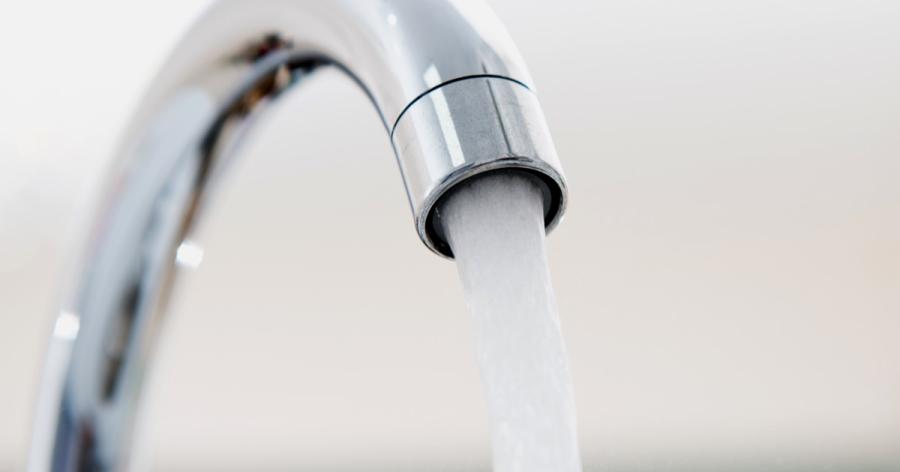Getting Back to Business Should Start with this Important Plumbing Step

If a building has been closed or unused for an extended period of time, flushing plumbing is an important step to ensure safe, quality water re-enters the building. When water sits unused or underused in plumbing systems two major issues can occur.
First, stagnant water can harbor pathogens due to a lack of chlorine residuals. At the end of our treatment process, we add chlorine which kills germs making the water safe to drink. We ensure that low levels of chlorine, called residuals, remain in the water to keep it safe as it travels through miles of water mains to our customers.
However, once water enters a building and is no longer circulating in our distribution system, the chlorine residuals slowly dissipate as water sits unused. And when there is no chlorine in the water, bacteria like Legionella have an opportunity to grow.
Based on Cleveland Water data, water that resides in plumbing for more than 1 week typically will not have any remaining chlorine residuals. Hot water systems will have virtually no chlorine residuals after water has been in the hot water tank for as little as a few hours.
Second, unused water sitting in pipes for an extended period of time may also have elevated levels of metals. Stagnant water can result in corroded material from plumbing dissolving into the water, resulting in discolored water or a metallic taste.
In most cases, flushing plumbing and cleaning fixtures should address any potential water quality issues and restore the high quality of water that normally comes out of your tap.
Flushing is recommended by the Centers for Disease Control (CDC), NSF International, the Ohio Environmental Protection Agency, and Cleveland Water when a building’s plumbing has not been used, or water use is significantly reduced, for an extended period of time.
A full-building flush means turning on all cold water taps and letting them run simultaneously, then repeating the process with hot water taps.
Start with the tap closest to the water meter or where the service line enters the building, then work outward and upward turning on taps throughout the entire building. Turn the faucets off in the order they were turned on.
The goal is to ensure aged water is removed and chlorine residual is reintroduced to both the cold and hot water plumbing. Increasing the temperature on the water heater to 120 degrees F is also recommended to further inactivate any potential pathogens that may have flourished during the closure.
It is important to identify and flush as many water outlets as possible in addition to faucets. This includes ice machines, dishwashers, humidifiers, cooling towers, sink sprayers, refrigerators, fountains, and showers.
We've developed general guidelines for flushing. If a building has an existing comprehensive water management plan, that plan’s flushing protocol should be followed.
If a building meets ALL of the following, follow the small building flushing instructions:
- 1” or less diameter service line
- Plumbing system similar to a residential home
- Single water heater, non-recirculating
If a building has ANY of the following characteristics, follow the large building flushing instructions.
- >1” diameter service line
- Sprawling plumbing system
- Multiple floors, wings or both with multiple places water is available on each floor/wing
- Multiple water heaters
- A recirculating hot water system
- Long sections of dead-end plumbing
- A cooling system that uses water for coolant
For more information, Purdue University’s Center for Plumbing Safety also has guidance plans for flushing various types of large building plumbing.
